|
Did you know that Spain is ranked as the number one country in the world with the most area of cultivated grape vineyards? And when it comes to wine regions and varieties of wine produced here, there is no shortage of topics to write about. Spain is rich in history where wine has played an important role since before 3000 B.C. Today my focus is Jumilla (pronounced who-ME-ah), a small wine region in southeastern Spain approximately 50 miles inland from the Mediterranean Sea. The area is composed of over 22,700 hectares of vineyards that stretch between the provinces of Murcia and Albacete, of which over 40% are located in the town of Jumilla. And there are over 2000 viticulturists here who diligently care for each vine. I recently had the opportunity to explore this beautiful area with its breathtaking views, history, and delicious cuisine. And at every twist and turn of the road, one can find acres of olive and almond trees, in addition to wine vineyards. Jumilla DOP oversees and regulates the region’s wine producers, growers, wineries, and co-operatives. It is one of the oldest Designations of Origin in Spain, established in 1966. While in Jumilla, I met with many winemakers and tasted numerous styles of the expressive wines of the Monastrell grape variety, a specialty of this region. It was a whirlwind trip that included sunset tastings in vineyards, incredible dining, and visiting over fourteen unique wineries. In the coming months, I will introduce and feature these wineries, a few at a time. But for now, regard this article as an introduction to royalty! Jumilla is considered the birthplace of Monastrell, a hearty and resilient red grape variety (known as Mourvèdre in France). It is this region’s principal grape variety and makes up approximately 80% of the Jumilla DOP vineyard surface. Monastrell is called “Queen of Jumilla” by the winemakers here. Although this title bears no historical or romantic tale, be assured that her reign is supreme, having endured a challenging landscape for centuries. When I asked why this grape was given the title “queen” instead of “king,” the answer was simple.“Grape variety in Spanish is “feminine” – uva or variedad so “queen.” It is easy to see why this grape is considered royalty. Monastrell is a late-ripening grape that thrives in the intense heat of this region. It is a low-yielding thick-skinned, small berry with compact grape clusters. Monastrell has adapted to the hot, arid conditions here, making it a resilient variety with high resistance to drought and most plant diseases, including phylloxera. The landscape consists of broad valleys, plains, and mountain ranges that weave in and out of this region. Jumilla climate is considered Continental even though it is close to the Mediterranean Sea. It experiences over 3000 sunny hours a year, with frequent dry winds and temperatures reaching 104 degrees in the summer. Vineyards range in altitude from 1,049 ft (considered the valley) to 2952 ft. Vines benefit from the high elevation due to cool evenings, which alleviate them from the scorching heat of the day. Rainfall amount tends to be scant, with approximately nine inches of rain annually but can differ depending on the location. And although one might consider this region desert-like, it is not exempt from frost and torrential downpours that might endanger the vines. The soil here has good depth and is comprised mainly of limestone and gravel with occasional chalky soil in some areas. The soil has a high capacity to retain water which is conducive to vine-growing. And, as a result, the majority of Jumilla’s vineyards are dry-farmed (irrigation is not necessary). One winegrower said, “Deep roots of these vines are able to find water during droughts.” For generations, sustainable farming has been in practice here, with 70% of the surface area certified in organic viticulture. Jumilla is also home to Europe’s single largest collection of 90-year-old ungrafted bush vines. (Ungrafted means the original roots). Jumilla DOC said, “The character of the wines from Jumilla make them stand out among products from other areas due to what is known as “terruño,” a magical combination of grape variety, soil composition, the orientation and pruning of vines, and the climate.” Monastrell wines are purplish in color and run the gamut from light and lively to bold and complex, with intense flavors that vary depending on where the vines grow. One can expect fruit-driven flavors characterized by heightened aromas, powerful tannins, and medium acidity. Generally speaking, Monastrell wines are quite aromatic with ripe red and dark fruit flavors, balsamic, herbs, and spice. From barrel tasting to bottle pours, from new to old vintages, stainless steel to oak/concrete aging methods, and food pairings, I sampled Monastrell in all its finery. In addition to making a 100% Monastrell wine varietal, this grape also blends well with varieties such as Garnacha, Merlot, and Syrah. These red blends are succulent and full-bodied and leave one’s palate singing. And if you are looking for something a little lighter, Monastrell rosés are a winner. They run from dry to fruity with a pleasant floral bouquet, fresh fruit flavors, and crisp acidity. Other grape varieties that are permissible in Jumilla DOP are: Red Cencibel, Garnacha Tintorera, Garnacha, Cabernet Sauvignon, Merlot, Syrah and Petit Verdot White Airen, Macabeo, Pedro Ximénez, Malvasía, Chardonnay, Sauvignon Blanc and small grain Moscatel The cuisine of Jumilla is impressive, and the red wines pair well with everything, even desserts! Some of the traditional food I tasted included Manchego cheese, paella, gachamiga, goat, rabbit, and everyone’s favorite, roasted almonds! Many of the local dishes are salt-cured such as tuna and Ibérico ham. The salt is sourced from Valle del Carche, a local mountain salt mine dating back over 2000 years. All of the wineries that I visited combine traditional and modern techniques in the vineyard and winery, which I will explore further when I highlight each winery in future articles. However, the common thread among all of the wineries I visited is the apparent pride, enthusiasm, passion, respect, and love for the land that they all have. The expression, “I wear my heart on my sleeve,” comes to mind when I think of everyone I met in Jumilla. When not sipping wine, there is much to discover here. The Volcano of Cancarix is the only volcano in the Iberian peninsula that is not active because its “chimney” was destroyed by erosion. I stood in the crater where bush-trained Monastrell vines grow in the volcanic and very rocky soil. Take a tour of the Jumilla Archeology Museum, or hike the ancient ruins of Tolmo de Minateda, a 3000-year-old city. The Castle of Jumilla was built in 1461 and is worth the hike to take in the breathtaking views below. Enjoy this slideshow! It was indeed an honor to visit the “Queen of Jumilla” and meet all of her protectors! Monastrell is undoubtedly worthy of the title! So be on the lookout for future articles about Jumilla wines and wineries. And in the meantime, treat your palate to a glass of this royal wine, and let me know what you think! Jumilla wines are available throughout the United States and are easy to find.
Until next time… Cheers! Penina To leave a comment or if you have an inquiry, please contact me at [email protected] Navarra is one of seventeen autonomous regions in Spain located in the north-central end of the country, southwest of the Pyrenees and adjacent to France. Navarra’s capital, Pamplona, is world-famous for the Running of The Bulls. Ernest Hemingway’s passion for watching bullfights and his curiosity about the Running of The Bulls brought him to visit Pamplona several times. After experiencing The Running of The Bulls on his trip in 1925, he began writing the novel, “The Sun Also Rises” based on real people and events that took place on that particular visit. The book was published in 1926. Navarra is not just about bulls, however. It is steeped in history, has at least fifty natural preserves, offers quality cuisine and is a D.O. (Denominación de Origen or Designation of Origin) wine region. The Navarra D.O. was created in 1933 and there are approximately 11,500 hectares of vineyards that occupy about half the area of the municipal region. Although Navarra is a small region there are three climates. The Atlantic climate is cool and humid, Continental climate is transitional with extreme winters and summers and the Mediterranean climate is semi-arid with moderate winters and hot summers Due to Navarra’s diverse topography and climate, five distinct winemaking subzones were established within the D.O: Ribera Baja, Ribera Alta, Tierra Estella, Valdizarbe and Baja Montaña. A wide range of soils can be found in each subzone, adding to the characteristics and expression of the wines produced. The principal grape varieties found in Navarra are Chardonnay, Garnacha Blanca, Malvasia, Moscatel de grano menudo, Sauvignon Blanc, Viura, Cabernet Sauvignon, Garnacha Tinta, Graciano, Merlot, Mazuelo, Pinot Noir, Syrah and Tempranillo. Wines of Navarra recently sent me two samples from the subzones of Ribera Alta and Valdizarbe. Bodega Inurrieta is a family-owned winery located in Falces, about 45 minutes south of Pamplona and is in the Ribera Alta subzone. “Inurrieta” in Spanish means “area of ants” and is a tribute to the current owners of the winery, the family Antoñana. The winery was founded in 1999. The climate in Ribera Alta is Mediterranean-Continental with very little rainfall, cold winters and hot summers. Bodega Inurrieta has 230 hectares of vineyards planted on three elevations, each with a different soil makeup. Sand and silt are on the first level, a significant amount of clay on the second level and fragmented limestone bed on the third level. They grow six different grape varieties, one of which is Sauvignon Blanc. Inurrieta Orchídea 2018 is 100% Sauvignon Blanc. The color is pale lemon with inviting floral aromas mixed with citrus, pear and pineapple. The palate offers pear, grapefruit, honeysuckle and a touch of lemon zest on the finish. It has a beautiful balance of mouthwatering acidity and a creamy mouthfeel due to four months of tank aging on fine lees. It’s very refreshing and the value is amazing! Alcohol: 13% SRP: $12 Bodegas Nekeas, once a cooperative in the valley, (The Valley of Nekeas) is now a privately owned winery located in Añorbe, a municipality in the subzone of Valdizarbe. It’s origins date back to the 15th century but it was brought back to life in the 1960s. All eight founding families remain in control today. Valdizarbe is at the northern boundary of D.O. Navarra’s vineyards. The subzone climate is humid and lush with greenery and vegetation. Soil type in the vineyards is dependent upon the elevation. Bodegas Nekeas has 560 acres of planted vines where they grow both indigenous and international grape varieties. Bodegas Nekeas El Chaparral de Vega Sindoa 2016 is 100% Garnacha. El Chaparral is named after a small Spanish oak tree called Chaparro that surrounds the area where the vineyards are found. The grapes for this wine were hand harvested from vines between 85 and 110 years old that are situated in the Valley of Valdizarbe at an altitude of 1,800 – 2,000 ft. It is believed that these Garnacha plots are the most northern in Spain and the closest to the Atlantic Ocean. The climate here is Continental with both Mediterranean and Atlantic influences. The wine was aged for five months in new and used French oak.
The color of the wine is dark ruby bordering on garnet. Aromas of raspberry, sweet flowers and spice segue onto the palate with red plum, baking spice, vanilla and a touch of pepper on a long finish. The wine is perfectly balanced and is rich and smooth with a playful mouthfeel. Alcohol: 15% SRP: $15 Both wines are light and easy to drink and will pair well with an array of food from fish to meat. I’m looking forward to tasting more wines from the other subzones of Navarra. So much to explore! Until next time… Cheers! Penina To leave a comment or if you have an inquiry, please contact me at [email protected] With International Tempranillo Day arriving on November 8th, I can’t think of a better way to celebrate than with Bodegas LAN wines. The last time I opened a bottle of Bodegas LAN was this past spring. It was a Crianza 2010, a very juicy and expressive wine. So, I was quite happy when I received samples of LAN Crianza 2014 and LAN Reserva 2011. Tempranillo is a black grape variety indigenous to Spain. It is also Spain’s signature wine grape. The two major regions that grow Tempranillo in Spain are Rioja and Ribera del Duero. To recap from a previous story, Rioja wine region is located in North Central Spain, in a valley along the Ebro River. It is divided into three sub-regions: Rioja Baja, Rioja Alta and Rioja Alavesa. Bodegas LAN was founded in 1972 and is located in the town of Fuenmayor, bordering the Ebro River in the sub-region of Rioja Alta. The name “LAN” is an acronym using the initials of each of the three provinces that form the D.O.Ca in Rioja: Logroño, Alava and Navarra. To quote the winery, “LAN means respect for the history of this land”. The Viña Lanciano vineyard is comprised of 72 hectares in Rioja Alta and is protected from the wind and cold weather by the Sierra Cantabria Mountains which in turn generates a microclimate. The vineyard is divided into 24 plots of Tempranillo, Mazuelo, Graciano and Garnacha vines, with many of the vines averaging sixty years of age. The soil is diverse and made up of mostly limestone, clay and is very stony. Having deep respect for the earth and balance of nature, Bodegas LAN practices sustainable viticulture and refrains from the use of chemical fertilizers. Grapes are hand-harvested and individually selected by hand once they reach the winery to make sure that only the best clusters are chosen. Crianza is a Spanish wine classification indicating the wine is aged for a minimum of one year in oak barrels and a few months in bottle. Reserva classification indicates the wine is aged for a minimum of three years, of which at least one year must be in oak and the rest in bottle. Reserva is made from the best grapes of the harvest and is only made if the growing season was a good one. Bodegas LAN Rioja Crianza 2014 is a blend of 95% Tempranillo and 5% Mazuelo grapes selected from 10 to 20-year-old vines. The wine is aged for 14 months in hybrid barrels of American and French oak that have been incorporated into one barrel. The wine rests in the bottle for an additional nine months before release. The color is dark ruby with aromas of ripe fruit, red cherry, cranberry and hints of vanilla. The palate is layered with dark cherry, pomegranate, spice and toffee. It is well balanced and smooth. Pair with appetizers, grilled meat, poultry and pizza. Alcohol: 13.5% SRP: $12 Bodegas LAN Rioja Reserva 2011 is a blend of 92% Tempranillo and 8% Graciano grapes selected from 20 to 25-year old vines. The wine is aged in hybrid barrels of American oak staves and French oak heads for a minimum of 16 months, followed by 24 months in bottle. The color is dark ruby bordering on garnet. The nose offers red fruit, dark cherry, plum and sweet spice. The palate is juicy with red fruit, cranberry, spice, licorice, dried fruit and smoke. Hints of vanilla and spice linger on a long and silky finish. Serve with spicy cuisine, stews, hearty soups and hard cheese. Alcohol: 13.5% SRP: $15 Join me in the celebration on November 8th and pour yourself a glass of Rioja wine!
Until next time… Cheers! Penina To leave a comment or if you have an inquiry, please contact me at [email protected] “International Albariño Days” is almost upon us and everyone will be celebrating this aromatic white wine from the Denomination of Origin (DO) Rías Baixas during August 2nd thru August 7th. Rías Baixas is located in the northwestern corner of Spain in the Galicia region and is separated from Portugal by the Miño River to the south. Rías Baixas is divided into five growing areas (sub-zones) running from north to south. More than 99% of wines produced here are white, with Albariño representing 96% of all plantings. Each sub-zone differs in grape varieties, terroir, microclimates and winemaking techniques. However, the wines all share a common thread with characteristics of a soft yellow color, aromatic, vibrant acidity, fresh and dry with mineral overtones. The sub-zone of Val do Salnés is considered the birthplace of the Albariño grape and it is the original and oldest sub-zone of Rías Baixas. It has the most area grape plantings and is home to the largest cluster of wineries than any of the other sub-zones. Vineyards are planted on both slopes and flat valley floors. It is the coolest and wettest sub-zone with soils that are granitic, rocky and alluvial. Pazo de Señoráns Winery is located in the sub-zone of Val do Salnés in the municipality of Pontevedra. It is a family run winery that began production in 1989 and has been passed on to the second generation of four sons and daughters who are hand-on in all aspects of the business. They have 130.9 acres and make an impressive array of 100% Albariño wines. The vines are planted in the lowlands, close to the sea and the lower portions of rivers. I recently received a sample of Pazo de Señoráns Albariño 2017. This is a young and sassy wine! The color is pale lemon and it is very aromatic. Aromas of floral, citrus, pear, grapefruit and hints of the “briny” sea are enticing. On the palate this wine is packed with acidity, juicy fruit, fresh peach, apricot, soft citrus and minerality. Lingering notes of apricot and lemon zest give this wine an invigorating finish. SRP: $19.99 Alcohol: 13.5% Albariño wines pair well with many dishes such as light pasta, seafood, salads, cheese and fruit.
So, mark your calendar and don’t forget to toast International Albariño Days! Send me your photos and use the hashtag #MakeItAnAlbariñoWeekend Until next time… Cheers! Penina To leave a comment or if you have an inquiry, please contact me at [email protected] It is a sultry 80 degrees outside. And while most wine lovers might be reaching for a chilled white or rosé wine, I’m in the mood for something rich and red. And, I found just the right wine hiding in my wine room that will surely satisfy my palate. It is my last bottle of LAN Rioja Crianza 2010. Rioja wine region is located in North Central Spain, in a valley along the Ebro River. Rioja is divided into three sub-regions: Rioja Baja, Rioja Alta and Rioja Alavesa. Bodegas LAN is located in the town of Fuenmayor, bordering the Ebro River in the sub-region of Rioja Alta. The winery was founded in 1972 and is a subsidiary of Sogrape Vinhos, which is a conglomeration of companies and brands. Enrique Abiega serves as the managing director of Bodegas LAN. The name “LAN” is an acronym using the initials of each of the three provinces that form the D.O.Ca in Rioja: Logroño, Alava and Navarra. To quote the winery, “LAN means respect for the history of this land”. The Viña Lanciano vineyard is comprised of 72 hectares in Rioja Alta and is protected from the wind and cold weather by the Sierra Cantabria Mountains which in turn generates a microclimate. The vineyard is divided into 24 plots of Tempranillo, Mazuelo, Graciano and Garnacha vines, with many of the vines averaging sixty years of age. The soil is diverse and made up of mostly limestone, clay and is very stony. Having deep respect for the earth and balance of nature, Bodegas LAN practices sustainable viticulture and refrains from the use of chemical fertilizers. Grapes are hand-harvested and individually selected by hand once they reach the winery to make sure that only the best clusters are chosen. Above photos courtesy of Bodegas LAN Views of the vineyards and stony soil. A wine that is labeled crianza means that it has spent one year in oak barrels. Bodegas LAN Rioja Crianza 2010 is made from 100% Tempranillo grapes. The wine is aged for one year in hybrid barrels of American and French oak that have been incorporated into one barrel. The wine rests in the bottle for an additional nine months before release. The color is dark cherry with lovely aromas of red cherry, ripe fruit, spice and hints of earth and herbs. The palate is filled with layers of sweet and sour cherry, cranberry, licorice, spice and hints of pepper. This is a full-bodied wine with silky tannins and good structure. The wine has aged well. Alcohol: 13.5% It might be hard to find a 2010 vintage, but I’m curious to try some of their later vintages. I’m guessing my palate will be quite pleased! Until next time!
Cheers! Penina To leave a comment or if you have an inquiry, please contact me at [email protected] 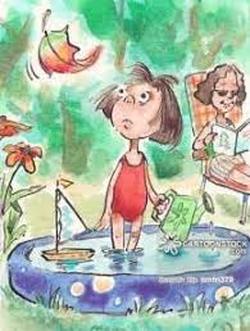 Summer is not officially over until Friday, September 22nd, but the leaves are already turning vibrant colors and the flowers seem to be giving up their desire to bloom. Sadly, my hummingbirds have begun their long migration south, signaling that autumn is indeed lurking around the corner. With the temperature falling into the low 50 degree range the other evening, I decided to open a Spanish red wine to pair with a hearty vegetable soup that I was serving. The Ribera del Duero 2012 Vina Valera Vinas Viejas hit the spot! The Virgen de la Asunción Winery is a cooperative that was founded in 1957. It is located in the heart of the Ribera del Duero, in Spain’s northern plateau and is one of 12 founding wineries of the Denomination of Origin Ribera del Duero. The vineyards are comprised of 70, 80 and 90+ year old vines that produce high-quality Tempranillo based wines, known locally as Tinto Fino. The Vina Valera Vinas Viejas 2012 is 100% Tempranillo (Tinto Fino). The grapes are harvested from 90+ year-old vines and the wine is aged for 14 months in new French oak barrels. The color of the wine is deep purple with seductive aromas of blackberry, cherry and spices. This is a smooth full-bodied wine that is rich with dark berries, spice, plum and hints of tobacco. Round tannins and a long fruit jam with a spice finish is heavenly! Alcohol: 13.5% About $25 If you haven’t tried wines from Ribera del Duero, pick up a bottle the next time you’re shopping for wine. You’ll be happy that you did! 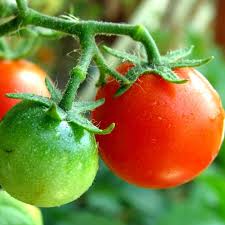 And now it’s time to pick the last of the tomatoes from my garden. Have a great day!
Cheers! Penina To leave a comment or if you have an inquiry, please contact me at [email protected] |
Categories
All
|

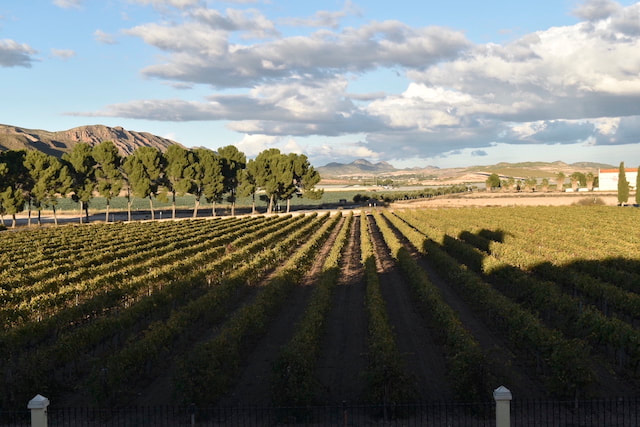
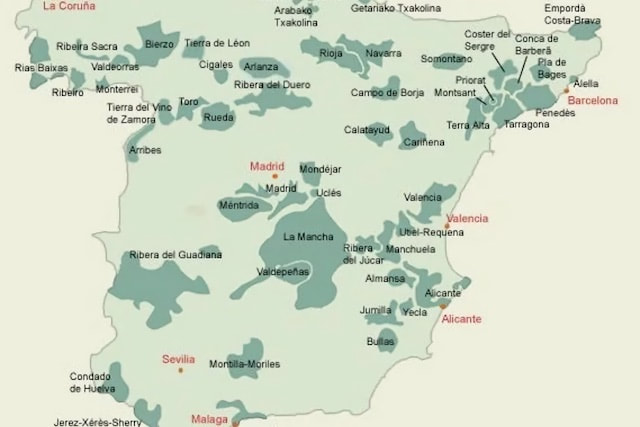
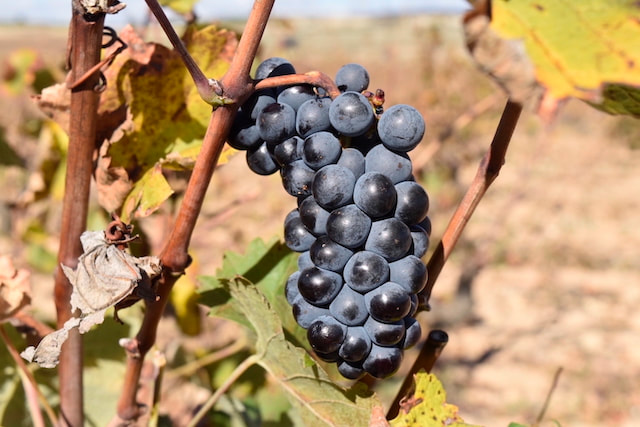
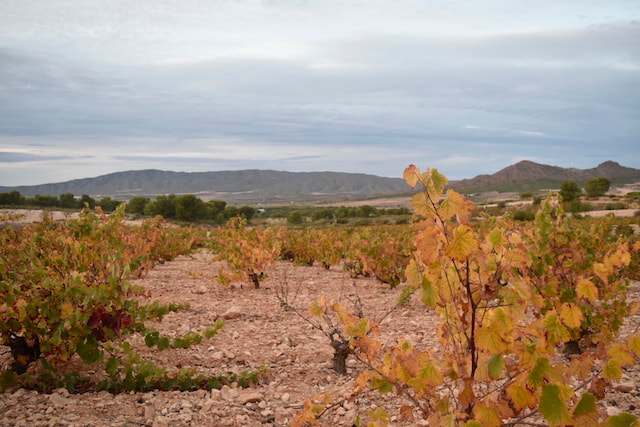
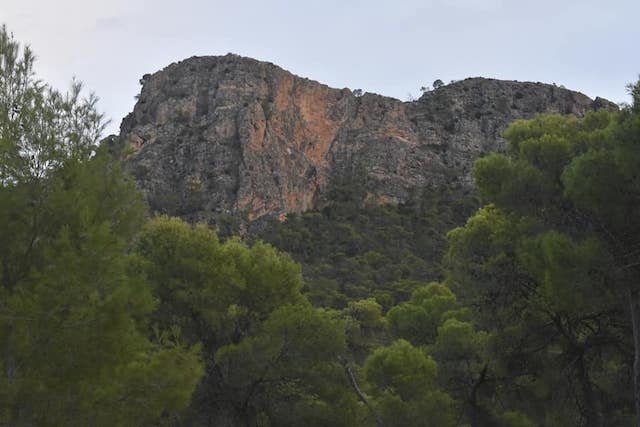
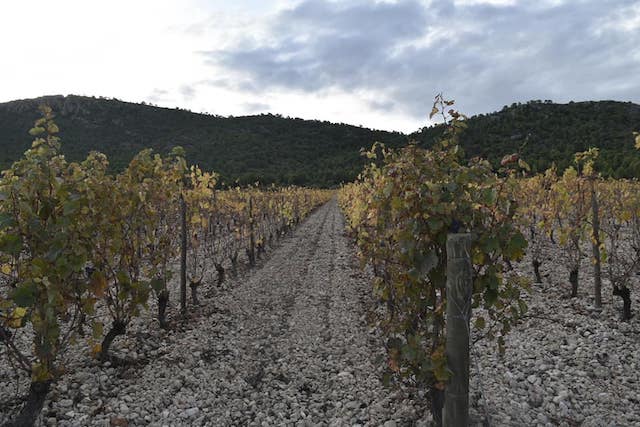
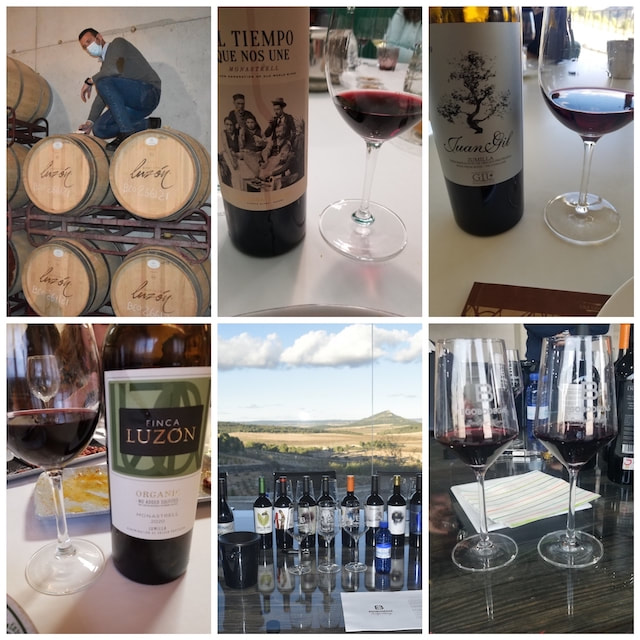
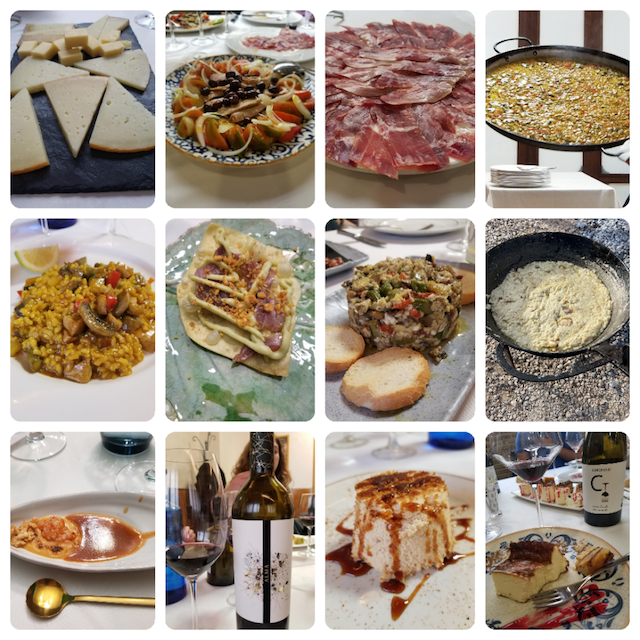
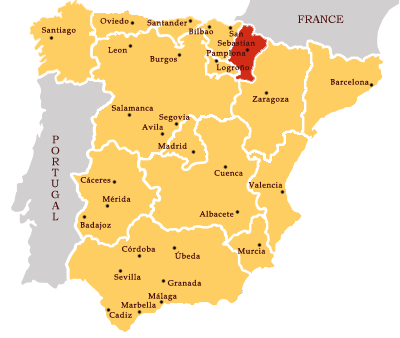
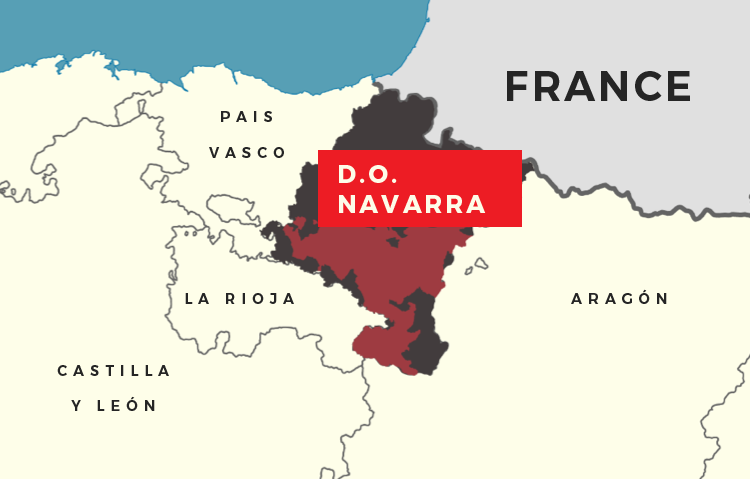
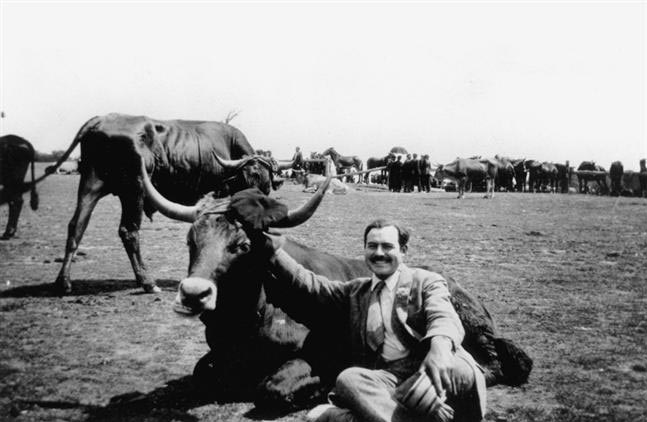
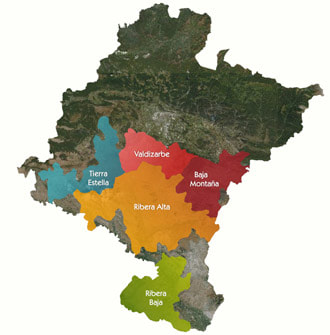
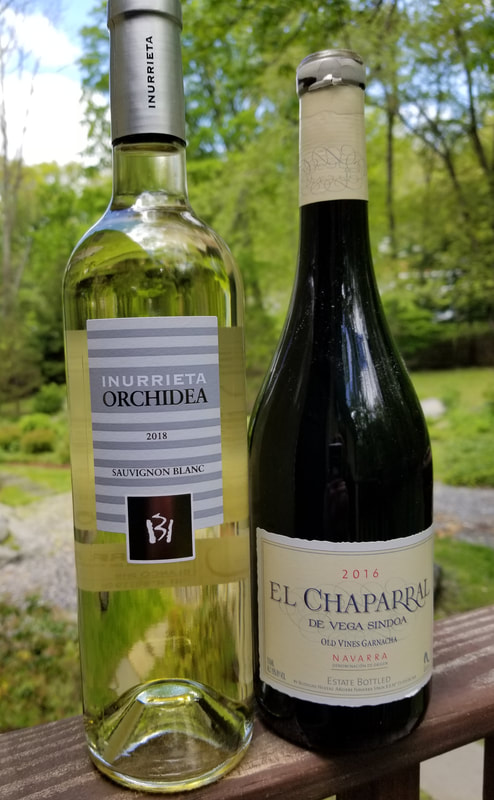
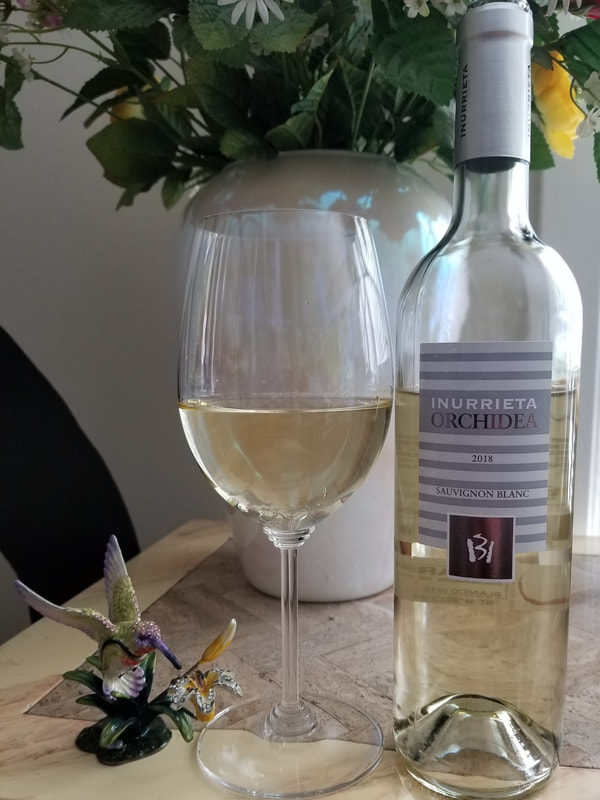
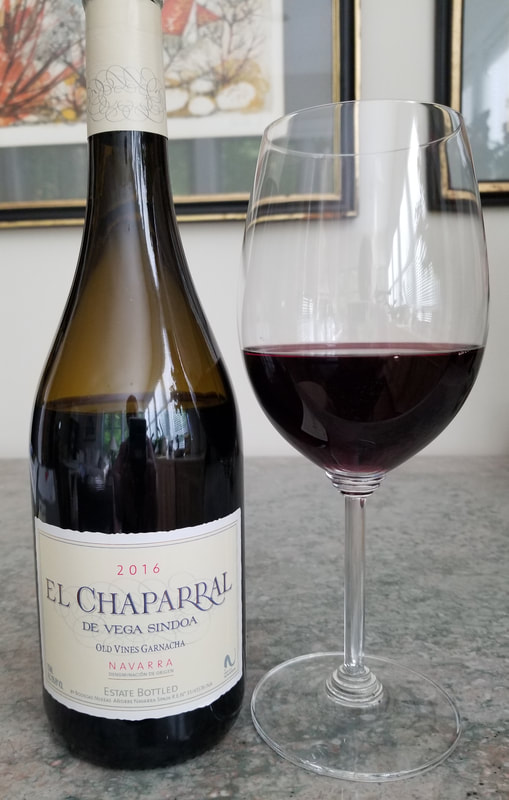
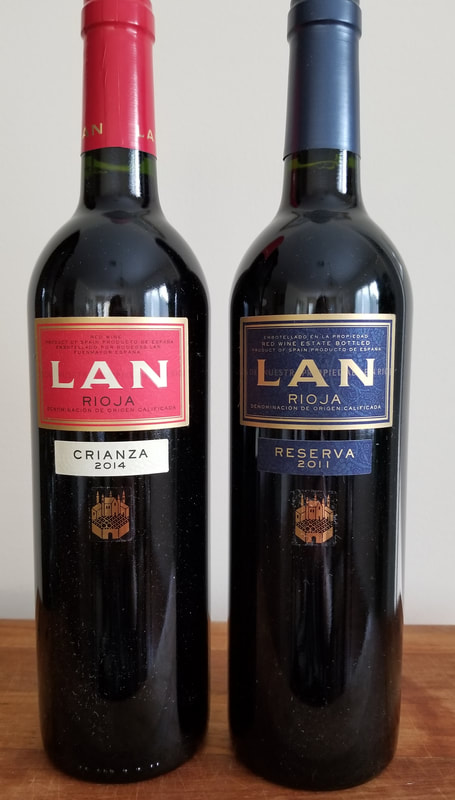
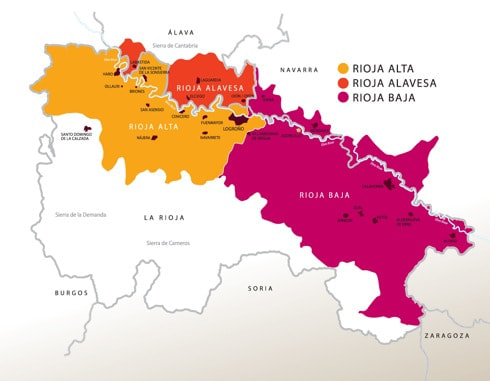
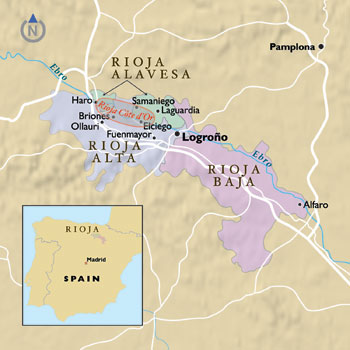
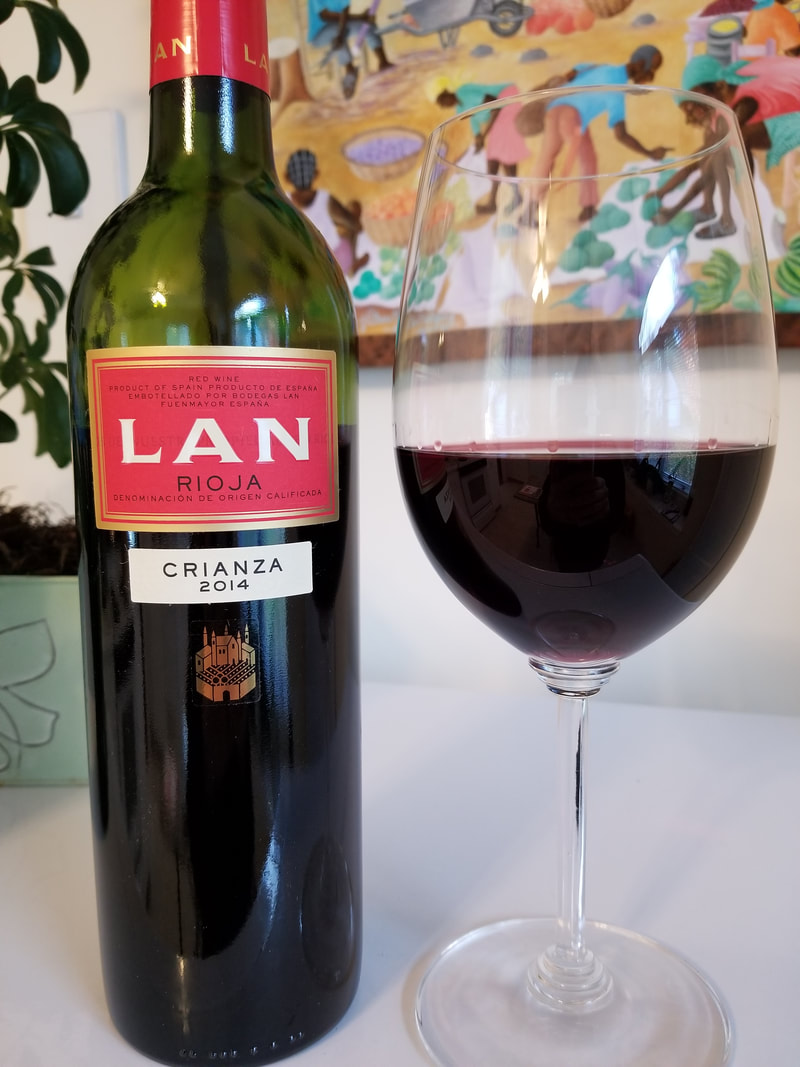
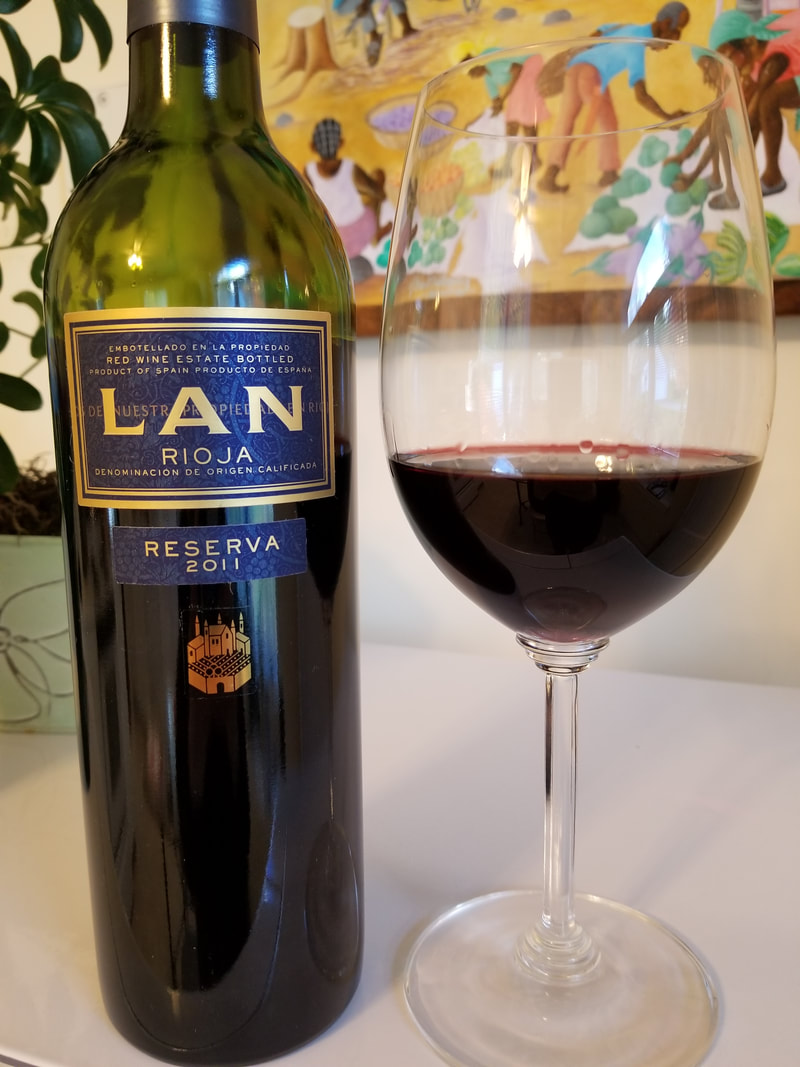
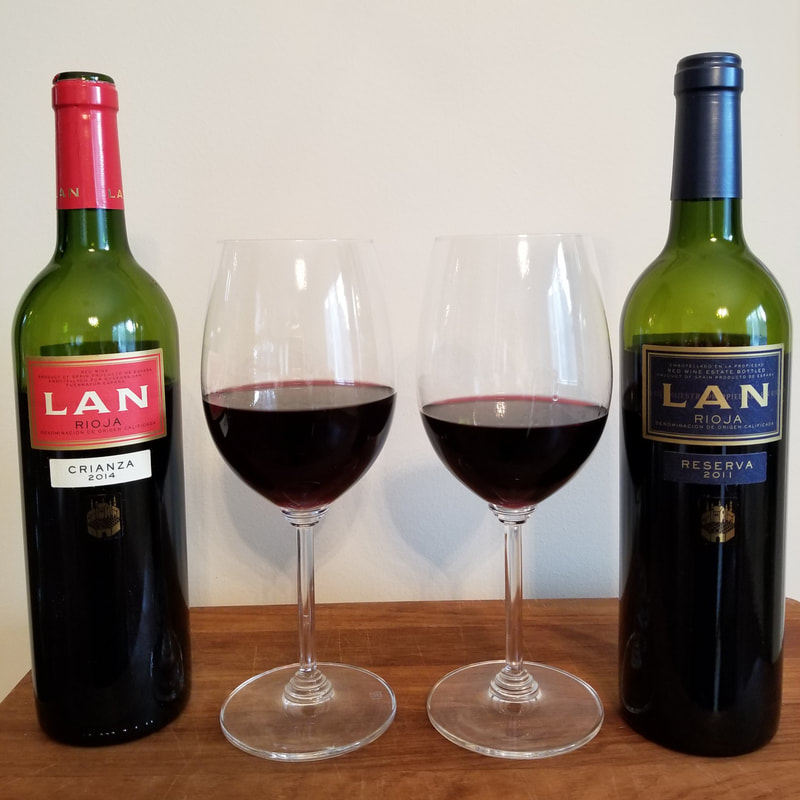
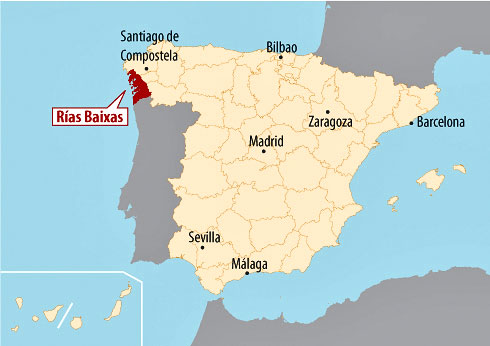
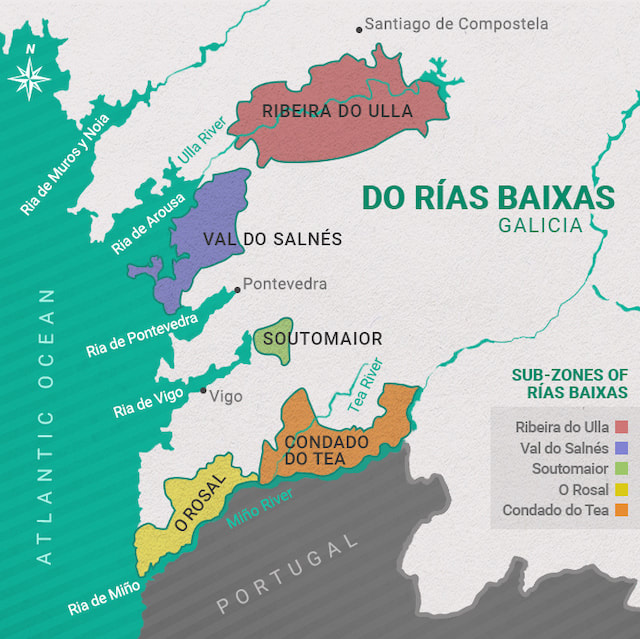
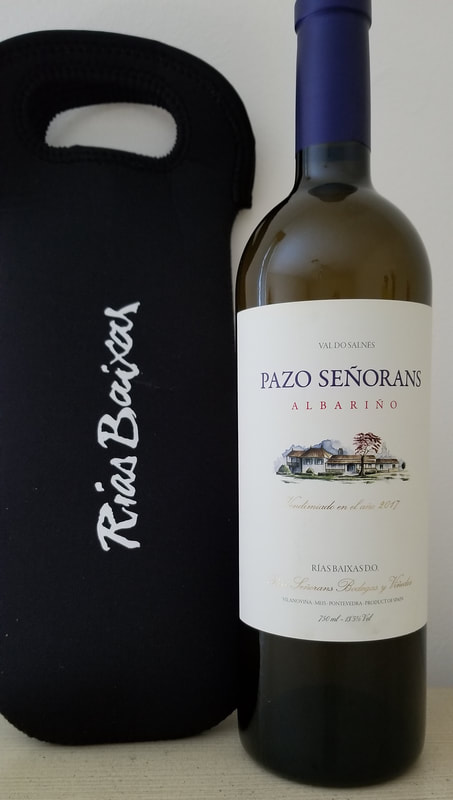
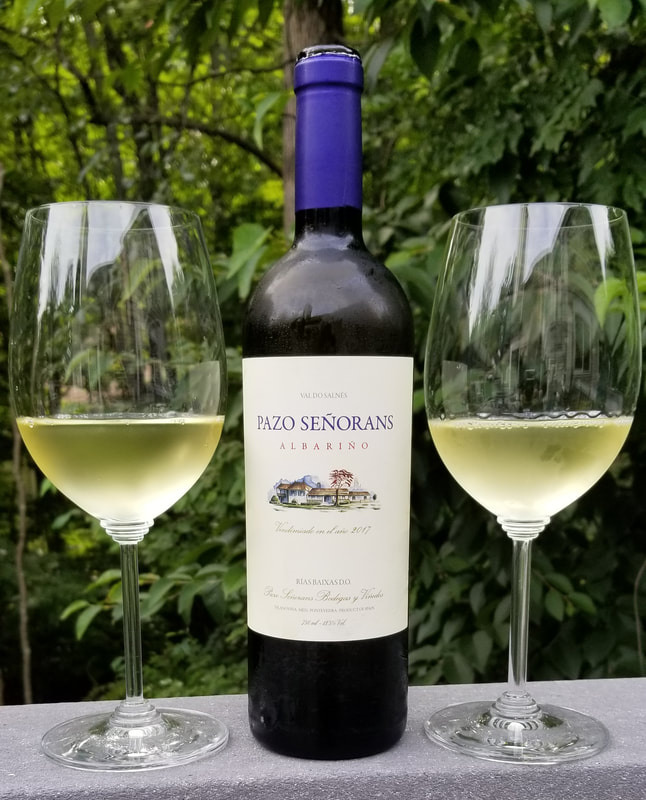
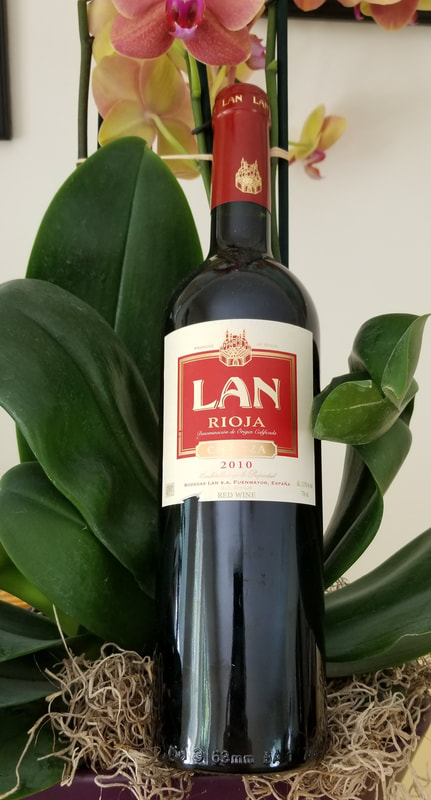
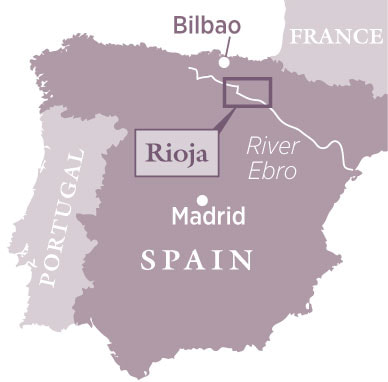
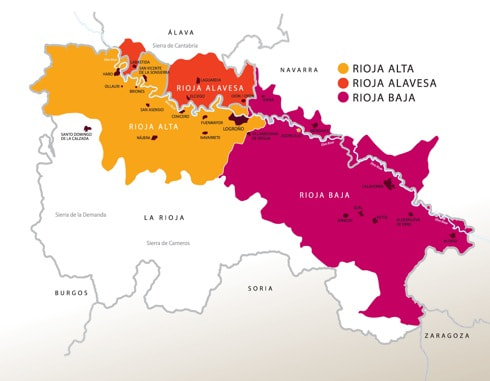
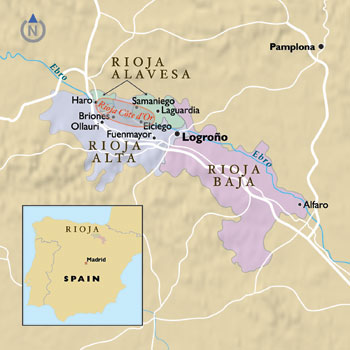
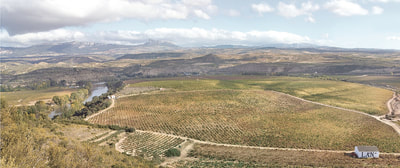
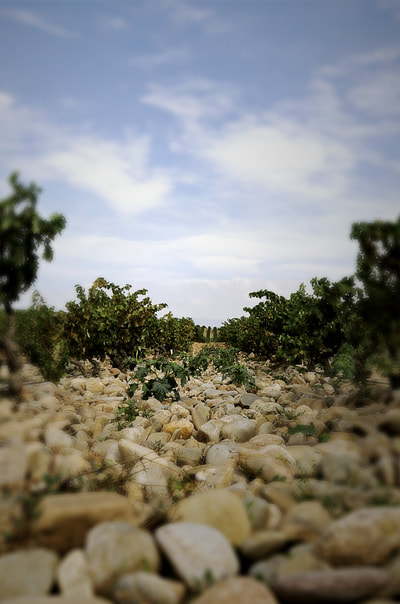
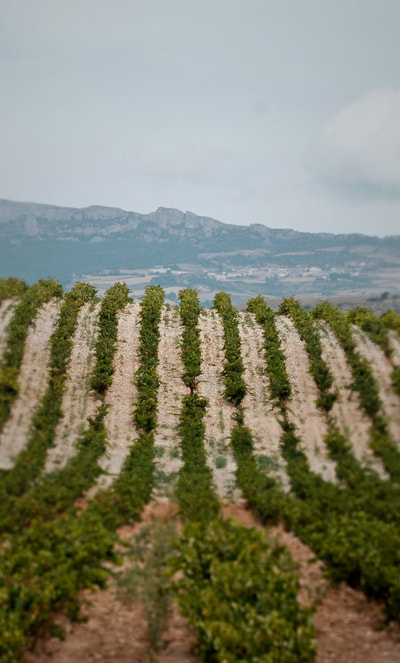
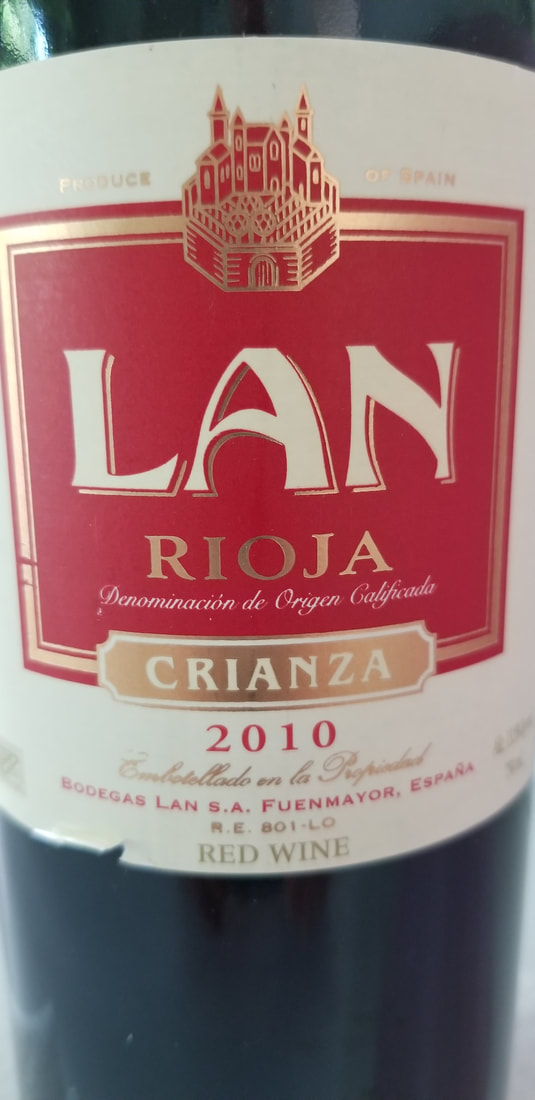
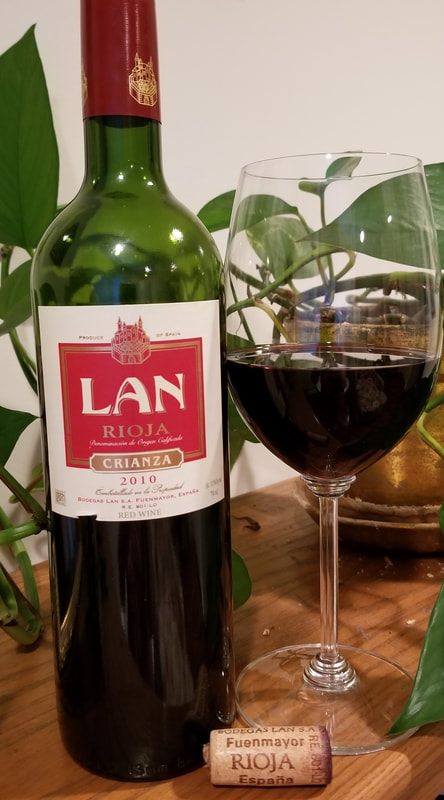
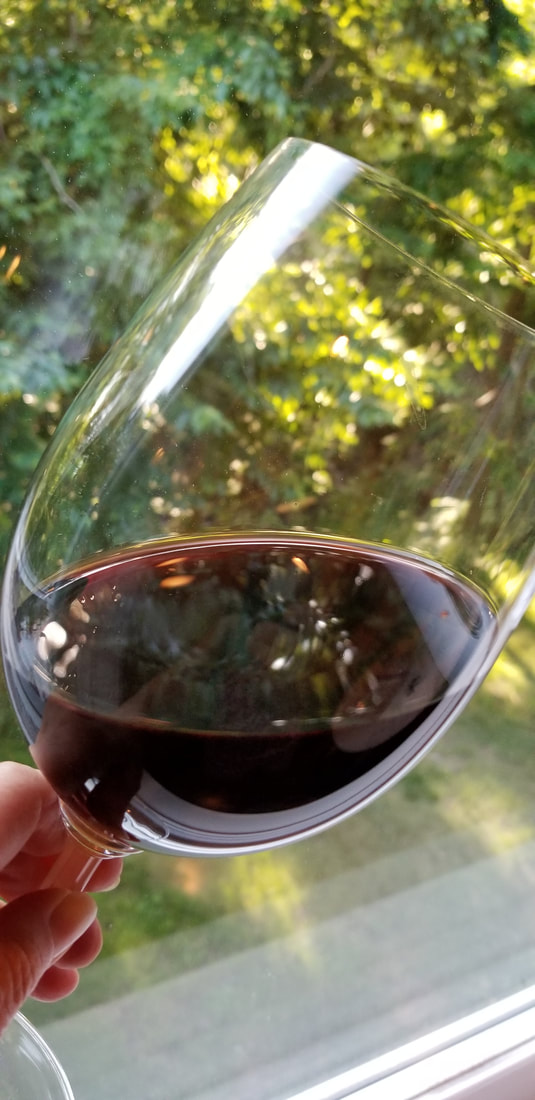
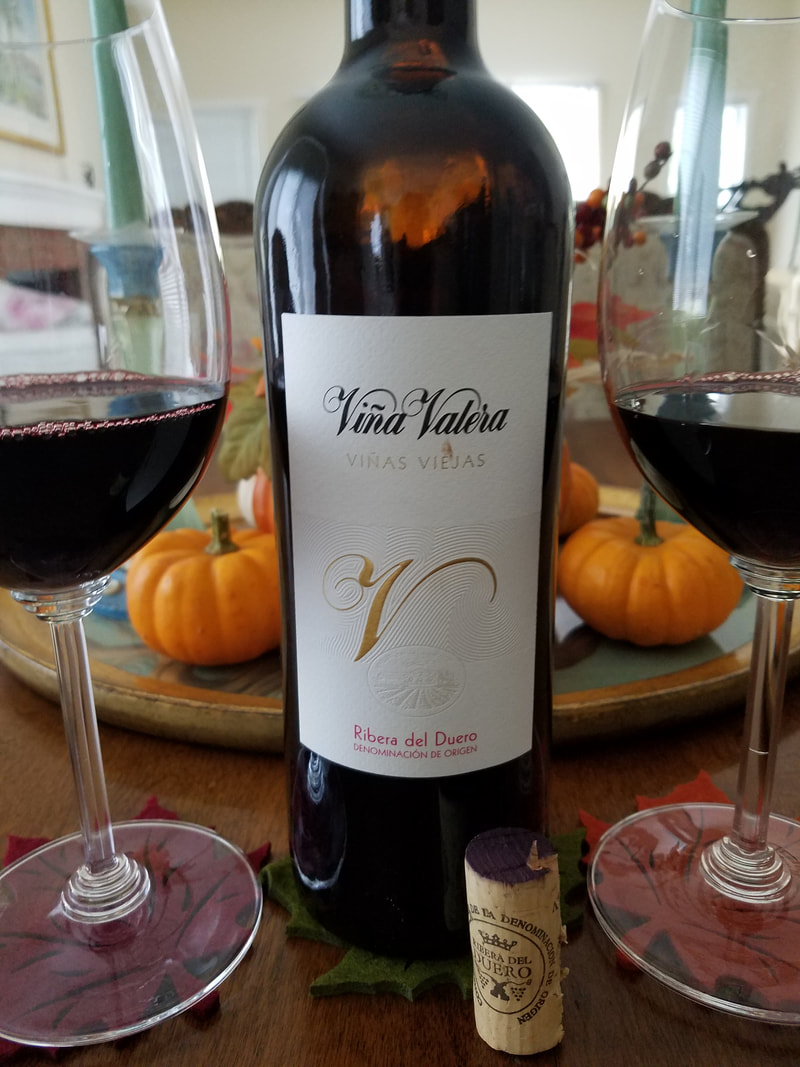
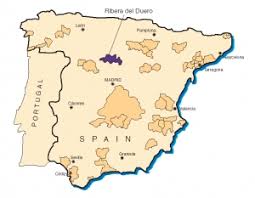
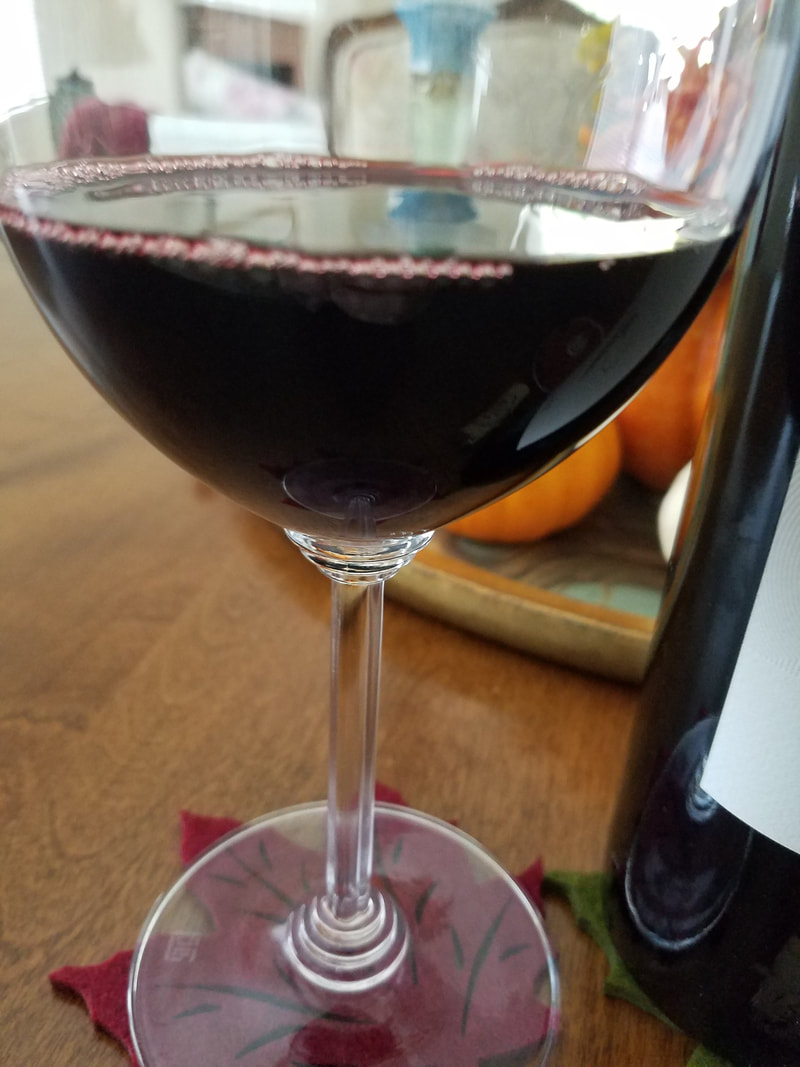
 RSS Feed
RSS Feed